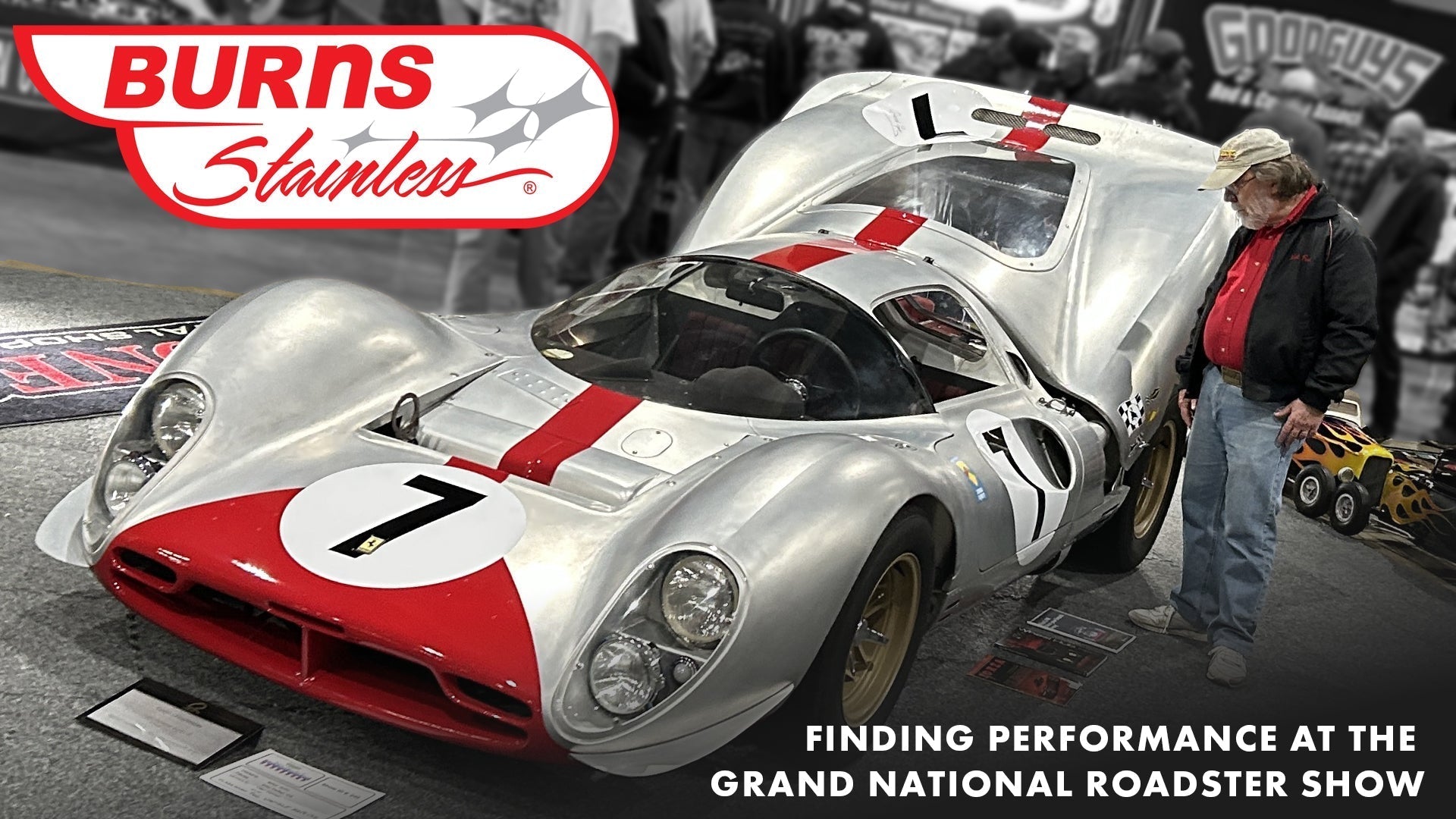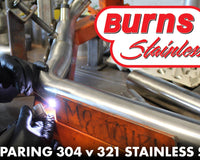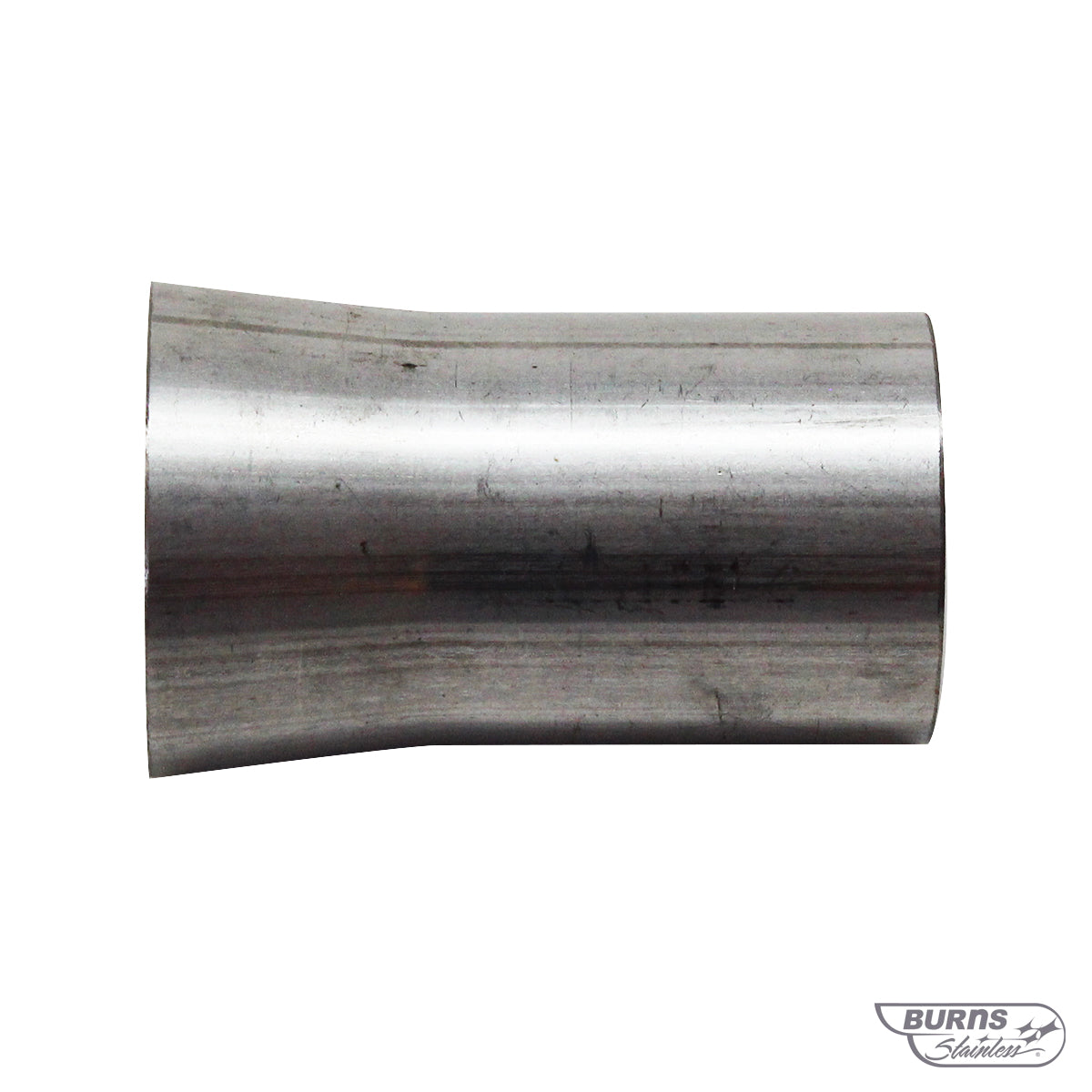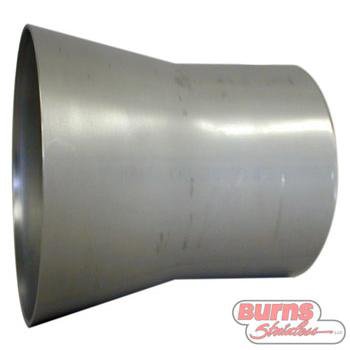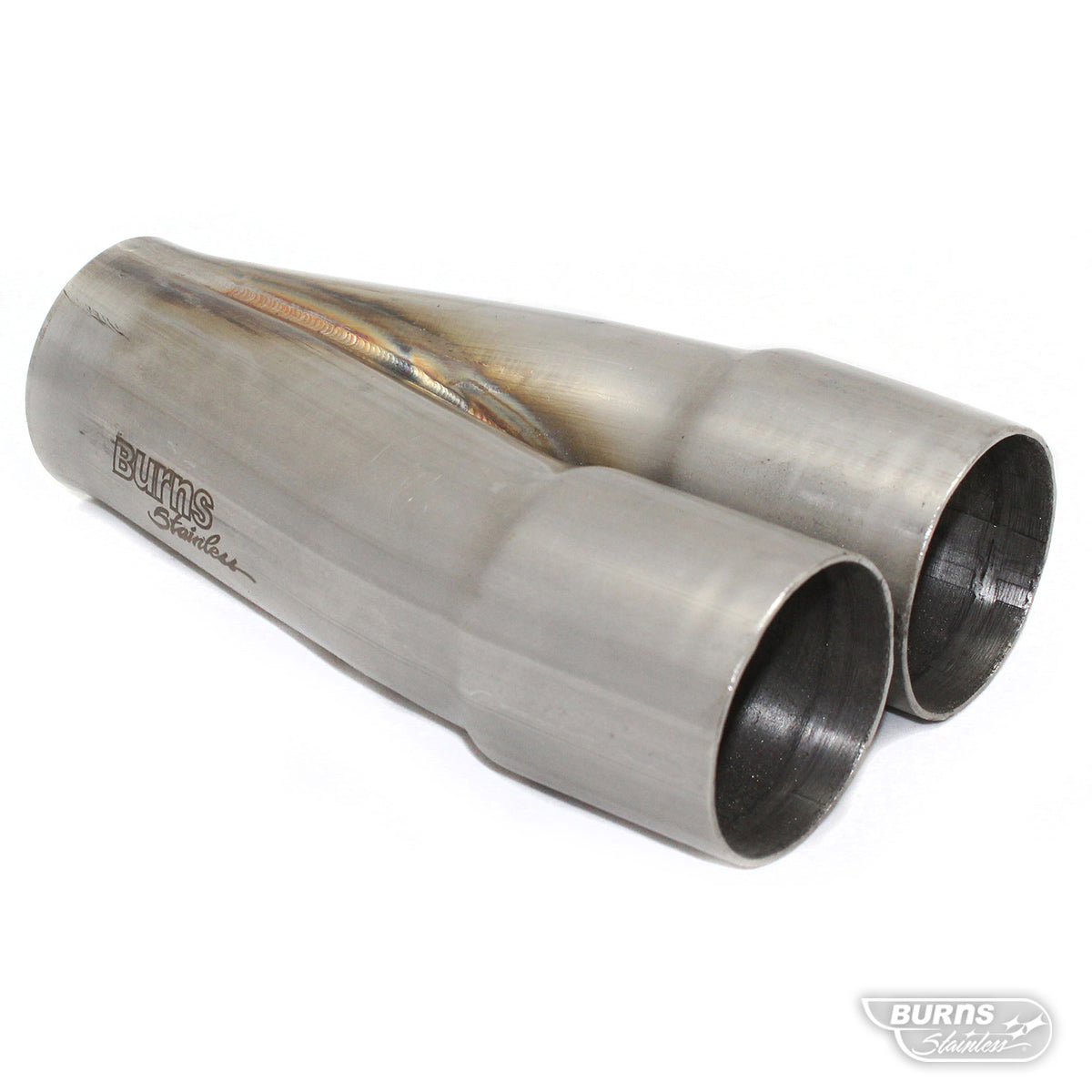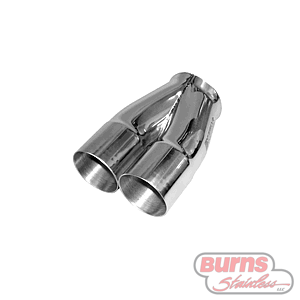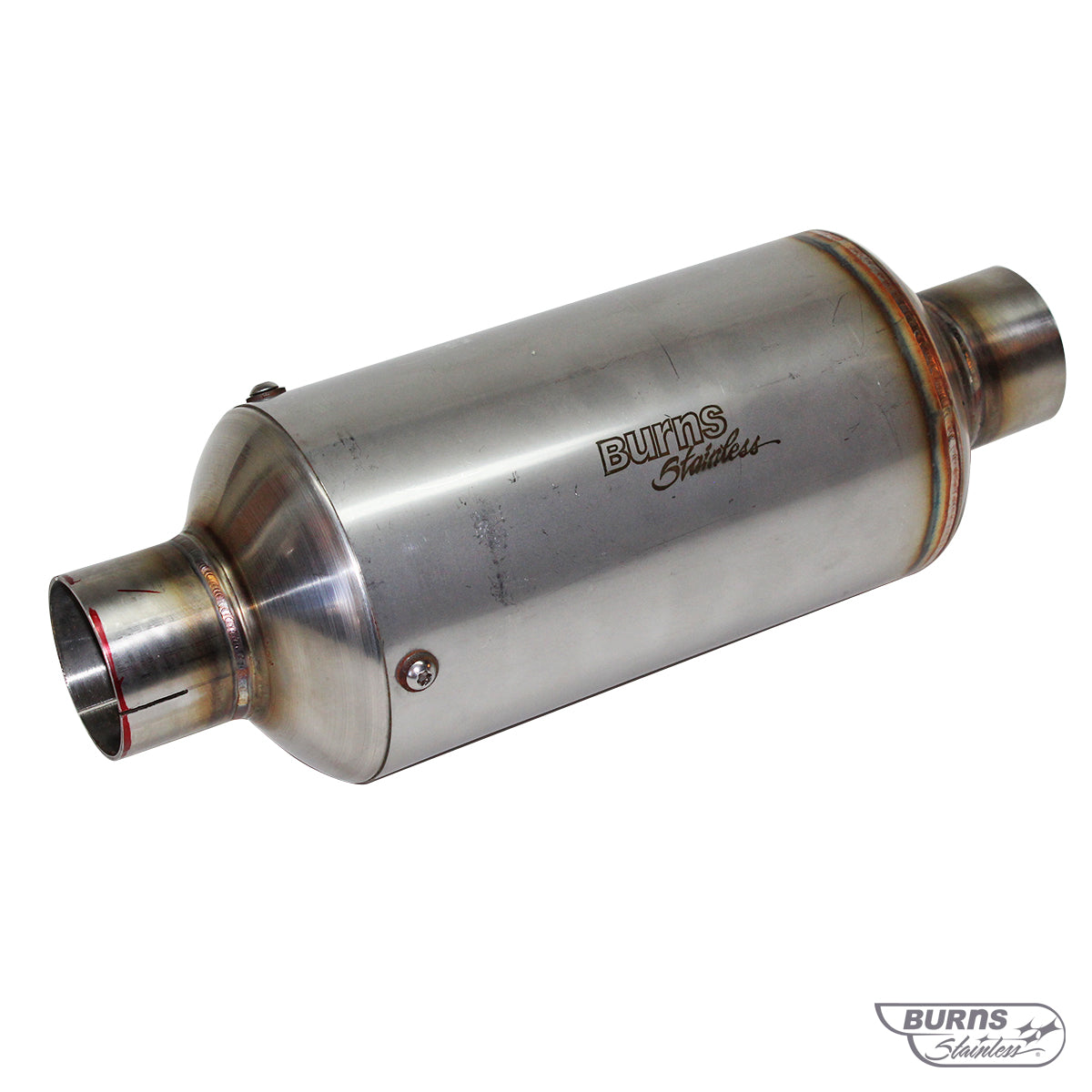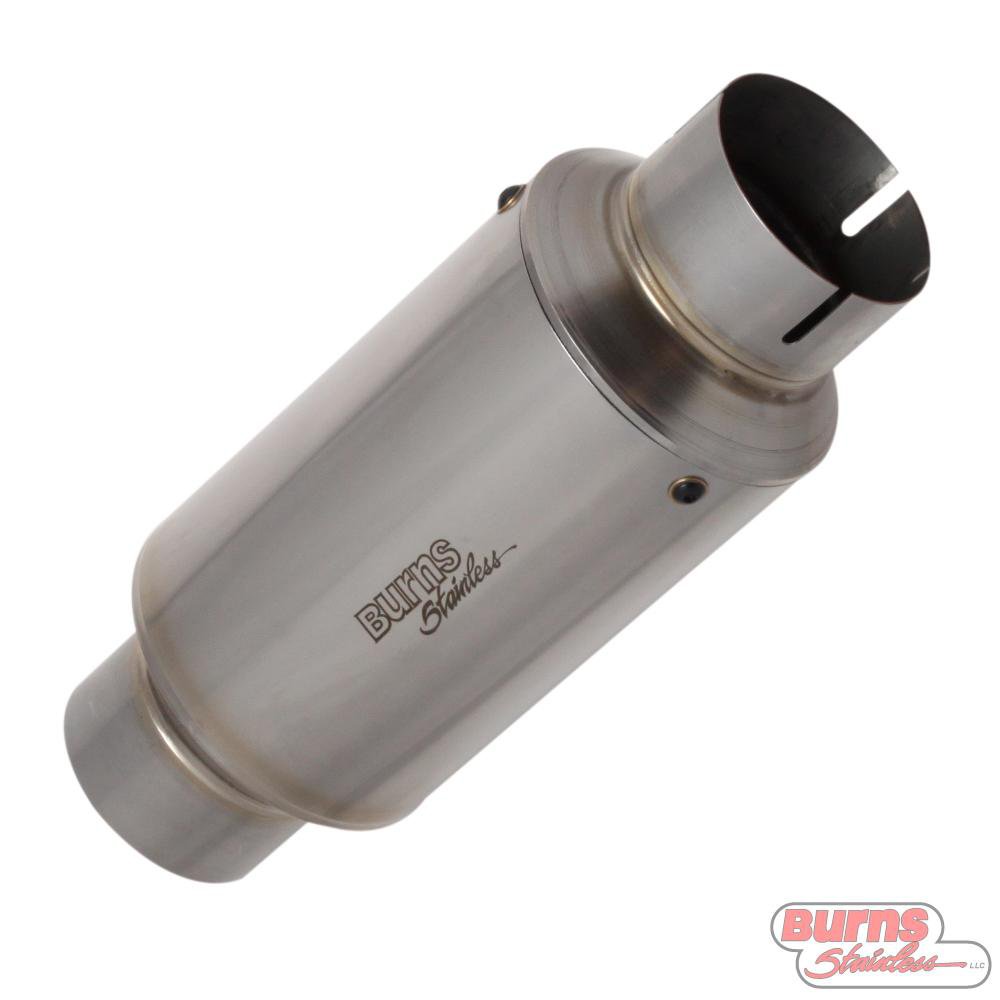The "Grand Daddy of them All", the Grand National Roadster Show (GNRS) celebrates its 75th event this year. A remarkable achievement for any event. From it's humble beginnings in Oakland, California, Al and Mary Slonaker founded the show in 1950 to present the public with "America's Most Beautiful Roadster" (AMBR) award. A nine-foot perpetual trophy considered the ultimate recognition in the world of Hot Rodding.

We are here to be inspired by the incredible craftsmanship, innovation and design. And we were not disappointed. Today "GNRS" calls the Los Angeles County Fairplex home and with the expansive campus the show fills 7 buildings. The areas around the buildings are filled with "Drive-In" cars for each of the three days the event is held. Each building has a theme with the main building (building #4) as home to top builders and the 12 entries vying for the coveted AMBR award. Another building is dedicated to traditional hot rods and customs, and another is a changing theme room. Each year that building is filled with vehicles for that theme, one year it may be dragsters, another as custom trucks and vans. This year it was filled with AMBR winners from the past 75 years with a row of cars from Kustom car builder George Barris (think Batmobile, Munster Mobile, etc.).

Out of the 790 pieces of content we gathered from the show we'd like to present you with some of our favorite performance vehicles. Starting with this nice display of a Ferrari 330 P4 built by Brian Stone of Stone Metal Shop in Gardena, California. Quite the diversity at the shop as they also displayed a very nice custom '59 Pontiac Bonneville safari wagon and a '58 Ford 4x4 Truck.
 Other notables are dragsters such as the vintage "Gasser" class and "Pro-Street" beauties. Gassers were a type of drag cars that were popular in the 1950's and '60's. They were known for the high front ends, straight front axle, a flashy style and run on regular gas (not nitro, or alcohol, etc.). The idea was to put all the weight in the rear for traction on their fat slick tires. The front end usually had the bumper and sometimes grill removed. NHRA changed its policy to allow "altered wheelbases" which ended the gasser era around 1968.
Other notables are dragsters such as the vintage "Gasser" class and "Pro-Street" beauties. Gassers were a type of drag cars that were popular in the 1950's and '60's. They were known for the high front ends, straight front axle, a flashy style and run on regular gas (not nitro, or alcohol, etc.). The idea was to put all the weight in the rear for traction on their fat slick tires. The front end usually had the bumper and sometimes grill removed. NHRA changed its policy to allow "altered wheelbases" which ended the gasser era around 1968.
 Pro-Street like the Art & Jan Peterson GTO above and the Vega and Corvette here are Street Legal vehicles designed to look like a drag racing Pro-Stock car. Known for their high horsepower and flashy graphics, they were a hit on the cruise strip as well as the occasional drag run. The main thing that makes a car a Pro-Street car are "Wheel Tubs". The rear axles are shortened to accept a full width drag slick and allow the tires to fit (tucked) inside the rear fender or quarter panels. Pro-Street style originated in the mid 1970's and the trend ended towards the late 1980's.
Pro-Street like the Art & Jan Peterson GTO above and the Vega and Corvette here are Street Legal vehicles designed to look like a drag racing Pro-Stock car. Known for their high horsepower and flashy graphics, they were a hit on the cruise strip as well as the occasional drag run. The main thing that makes a car a Pro-Street car are "Wheel Tubs". The rear axles are shortened to accept a full width drag slick and allow the tires to fit (tucked) inside the rear fender or quarter panels. Pro-Street style originated in the mid 1970's and the trend ended towards the late 1980's.
We are always interested in what inspires you. Drop us a line and tell us about your passion and how you are fueled. In the meantime, if you are working on some exhaust for your beast, take a click on the banner below to see our line of tubing and bends.
